Making time for tummy time each day is important for all babies to help reduce the risk of flat spots on the skull. Over our years helping families with infants in need of cranial remolding helmets and support, we have collected some excellent exercises, tips and tricks to help make incorporating tummy time into baby’s daily routine easier.
Tummy Time Tip: Make It Part of Your Daily Routine
Engaging baby in these five tummy time exercises for just a few minutes, a few times a day, can help baby get used to tummy time, reduce the risk of a flat spot and help develop muscles in their back, neck and trunk. Starting these exercises early – even from just a few days old – and maintaining a consistent schedule will help baby learn to love tummy time.
Exercise #1: Tummy to Tummy
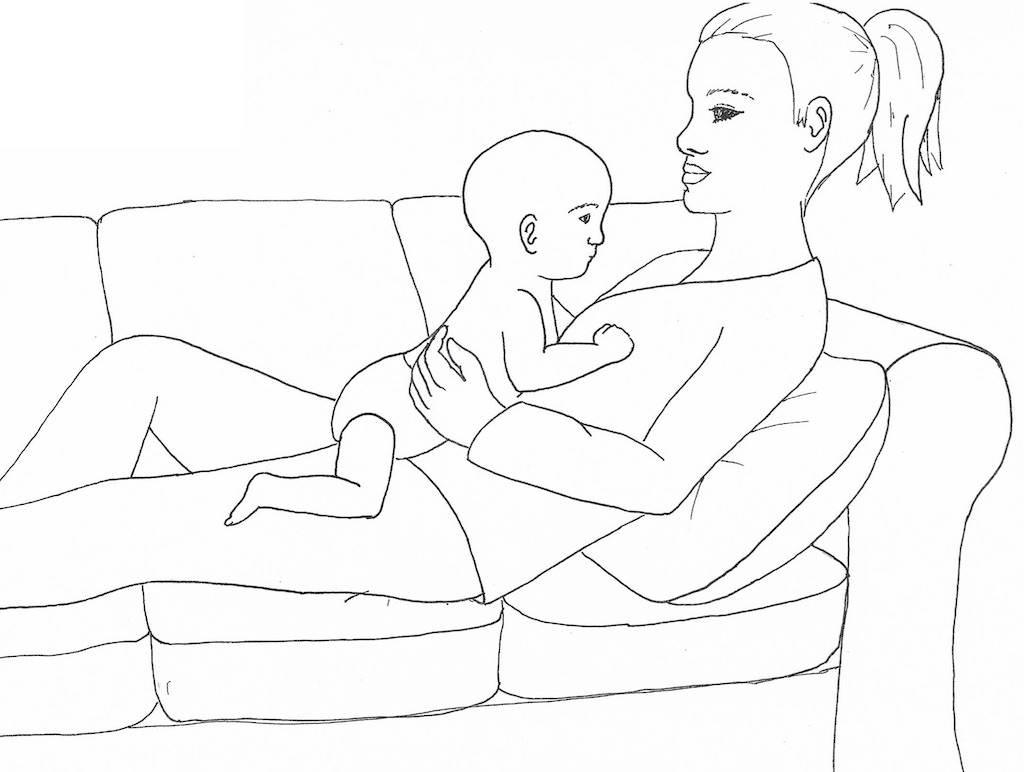
Lie down on the floor or a bed, either flat on your back or propped up on pillows. Place baby on your chest or tummy so that you’re face-to-face. Always hold baby firmly for safety.
Exercise #2: Eye-Level Smile
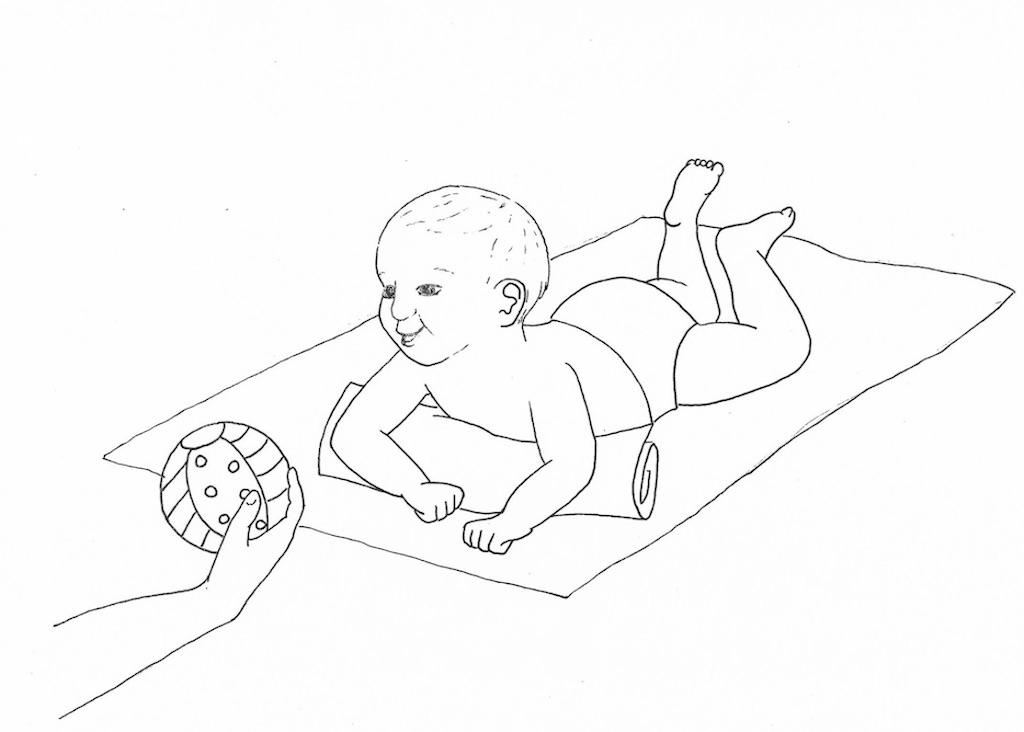
Get down on the floor with baby. Being on the same level encourages eye contact. Place a rolled-up blanket under their chest and upper arms for added support.
Exercise #3: Lap Soothe
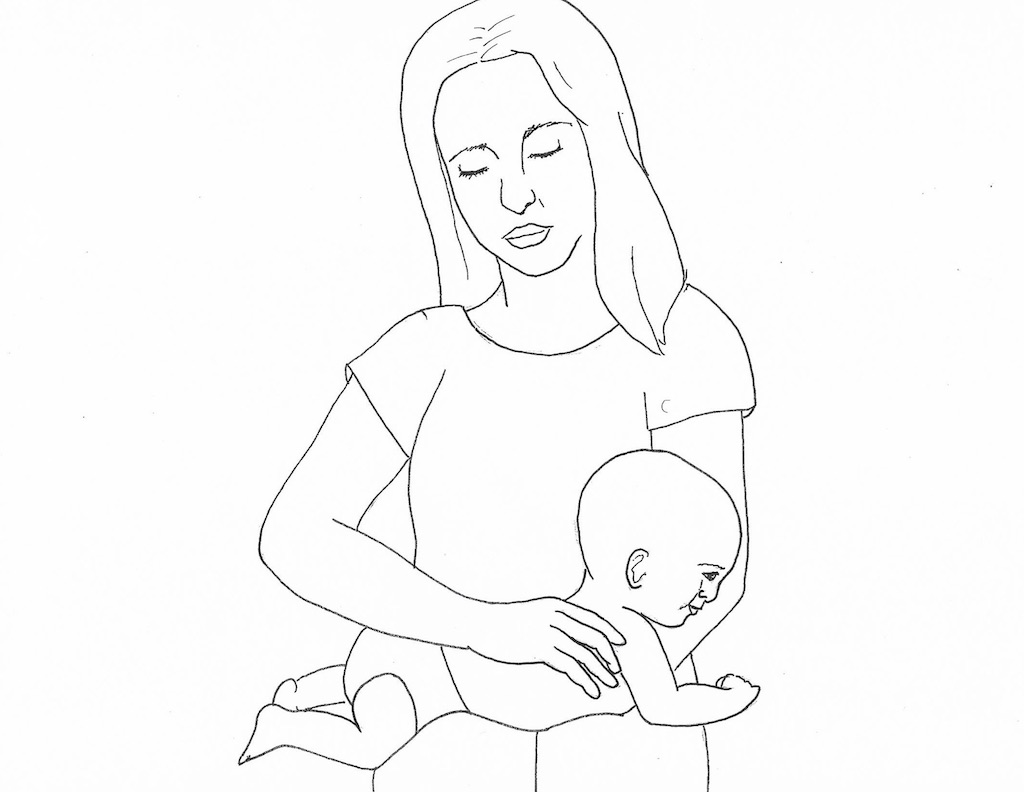
Place baby face-down across your lap to burp or soothe them. A hand on baby’s bottom will help steady and calm them.
Exercise #4: Tummy-Down Carry
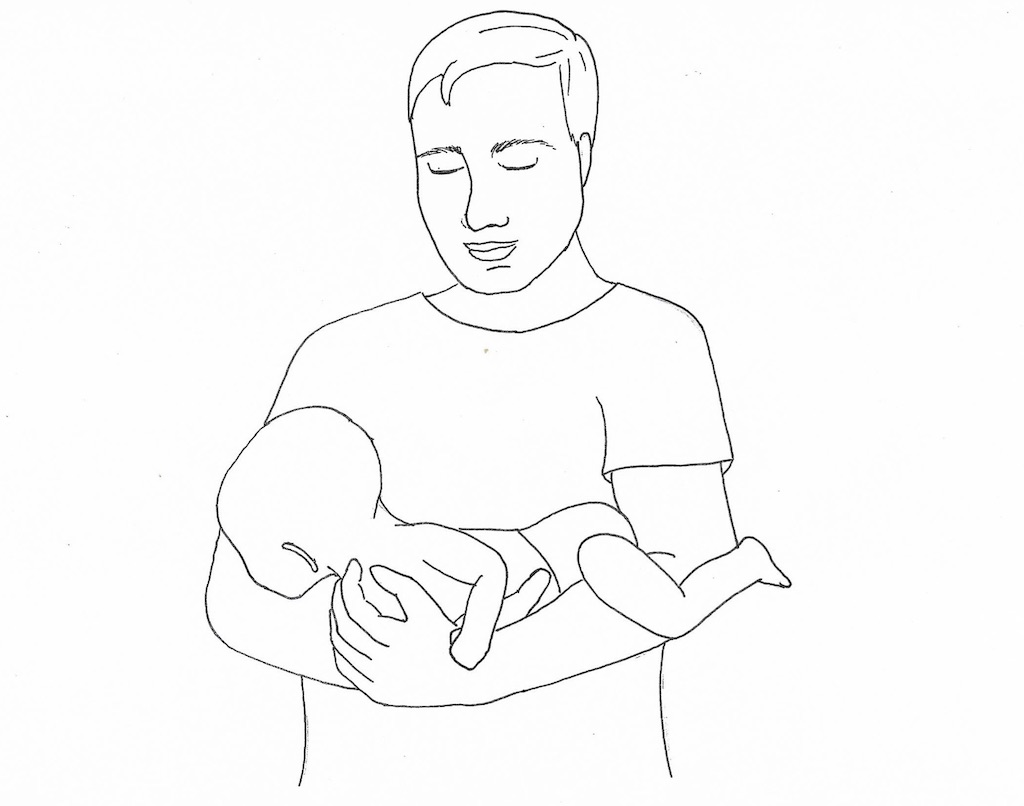
Slide one hand under the tummy and between the legs when carrying baby tummy down. Nestle baby close to your body.
Exercise #5: Tummy Minute
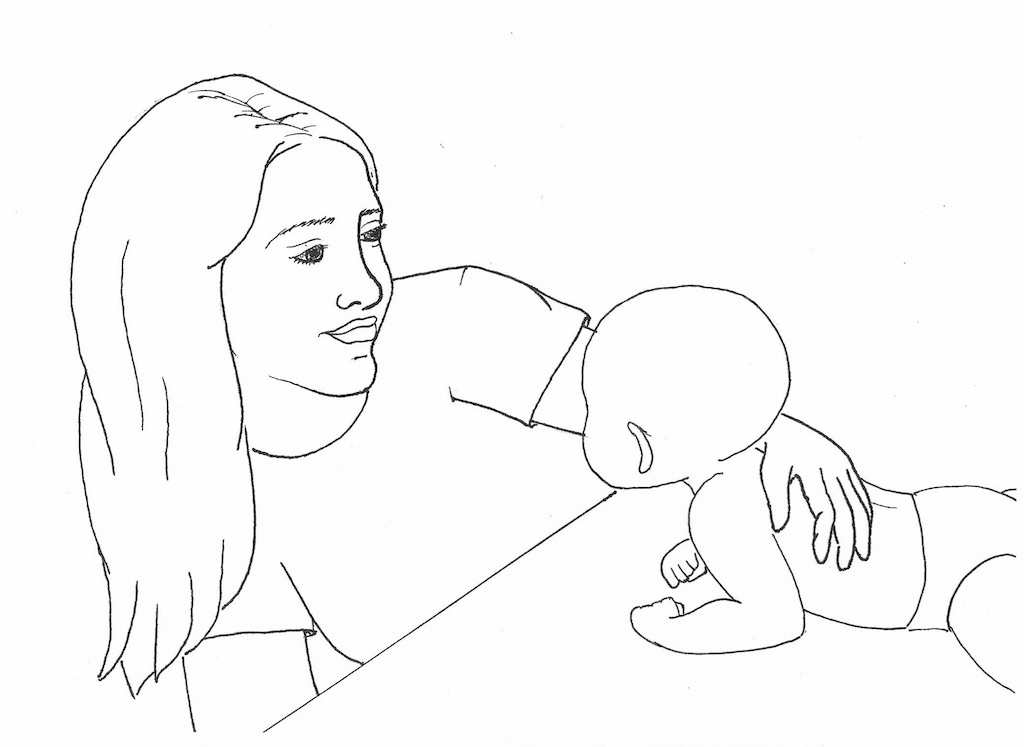
Place baby on their tummy for one to two minutes at every diaper change. Start with a few minutes at a time and try to work up to an hour a day over the course of several short intervals by the end of three months.
Tummy Time Tip: Keep Trying
Your baby might not like tummy time right away. Don’t give up. Keep trying, even for just brief amounts of time and gradually add a few more seconds each day.
Tummy Time Tip: Engage Their Eyes
Give baby lots of interesting things to look at during tummy time such as brightly coloured toys or a mirror positioned directly in front of them.
Tummy Time Tip: Encourage Different Neck Positions
If baby tends to look to one direction, position yourself and toys to encourage baby to look away from their favoured side. This can help loosen up tight neck muscles.
Tummy Time Tip: Assess Baby’s Head
While you’re engaging with baby during tummy time, make a point of looking at the shape of their head. Your newborn’s skull is made of soft plates that have spaces between them. As baby ages over the first year, those plates grow and gradually harden and come together. The first six to eight months of your baby’s life is an especially important time to keep an eye on the shape of their skull. Watch for flat spots on the side or back of their skull and check to see if they have any difficulty turning their head. If so, speak to your doctor about your concerns. They will examine your baby’s head and make suggestions about things you can do. This could include things you can do yourself, like additional tummy time exercises and alternating their position more frequently, as well as outside assistance, such as physiotherapy to help loosen and strengthen tight muscles. In some cases, your doctor may recommend a cranial remolding helmet.
Should your baby require a cranial remolding helmet, we are here to support your family. PBO Group’s Niagara, Kawartha, Barrie and Owen Sound clinics offer cranial remolding helmets. Our Certified Orthotists work closely with area family doctors and pediatricians to create custom cranial remolding helmets to address skull flat spots or asymmetries in infants. Using a 3D scanner they carefully measure and capture detailed statistics about baby’s head and use that information to craft a custom helmet that is a true reflection of your child’s unique needs and personality. Our 3D-printed devices are made with a moisture-wicking liner to keep baby’s head more comfortable.
Additional Cranial Remolding Resources
Read a blog post about one family’s cranial remolding experience with PBO Niagara.
Watch a video testimony from one of PBO Niagara’s Cranial Remolding families.






